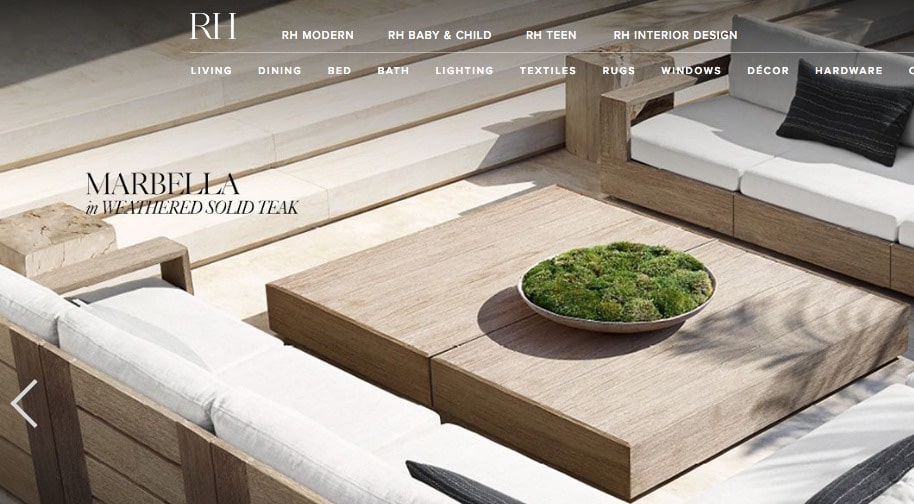Loyalty programs that don’t directly address customer values miss the mark.
By Richard Pachter
We often take for granted the notion that providing discounts, promotions and similar incentives are sufficient basis for affinity programs. But it ain’t necessarily so.
Values vary demographically. Nearly half of all Millennials, for example, quit programs because points take too long to add up to anything of value, according to Software Advice. And some loyalty schemes simply require too much work for too little value. Target’s Cartwheel app obliges picking up and scanning every potential-purchase item and the resulting discount often seems inconsequential compared to the sometimes labor-intensive effort.
It doesn’t have to be that way; one of the most successful ongoing loyalty programs charges members for the privilege yet these same members spend five times as much as non-members
Restoration Hardware did something similar in 2016. They dumped their ongoing and short-term promotions, and deployed a premium loyalty program dubbed the RH Grey Card instead.
For $100 a year, members get an immediate 25% discount on full-price purchases plus other benefits. Similar to Amazon Prime, it also gives members no –product “experiential” perqs like interior design services at no cost. Remarkable, the program has become a major sales driver for the chain. Boasting more than 400,000 members, entry fees alone currently account for a major percent of Restoration Hardware’s revenue.
The international beauty chain Sephora’s Beauty Insider program offers a tiered benefit system to their 10 million members. Consultations, gifts, makeovers, events, expedited shipping and other perquisites are provided based on annual purchases, with basic bare-bones benefits given for sign-ups without a spending requirement.
The upper tiers feature experiential benefits that engage and involve customers further. Since the beauty segment is decidedly more “touchy-feely” than other industries, it’s a great way to connect with customers, and not incidentally elicit more purchases.
And because their customers primarily connect with them online on their mobile devices, they’ve worked hard to ensure that the mobile experience is as good or better than the desktop iteration of their Internet storefront.
The big takeaway is that loyalty programs honing in on customers wants, needs, psychographic profiles, spending patterns, behavior and more can reap huge rewards. It’s not as complicated as it seems; making loyalty a complementary enhancement to existing behavior makes it more valuable on both ends of the relationship.
Richard Pachter is Editor at Large for The Wise Marketer.


